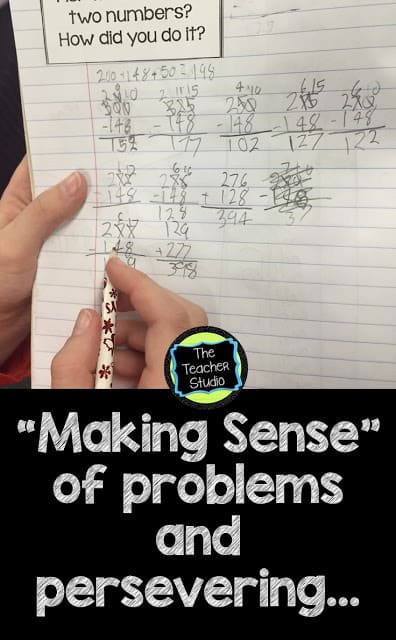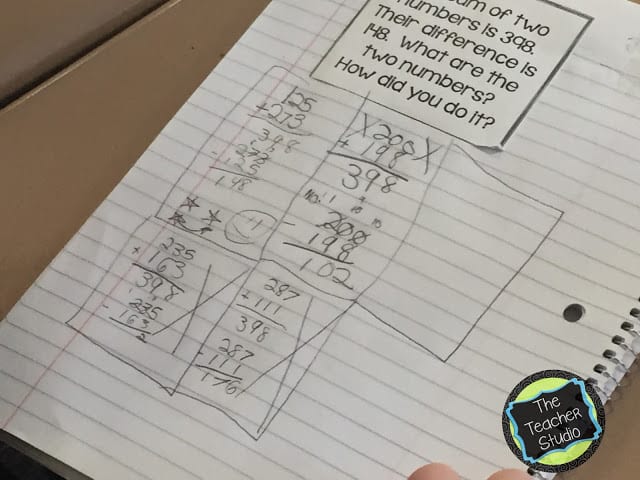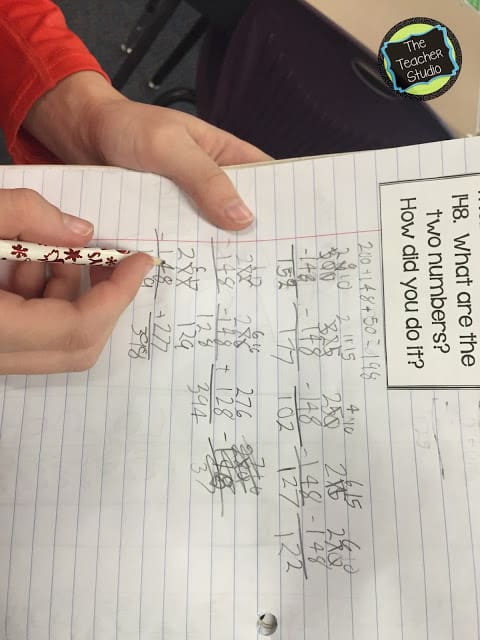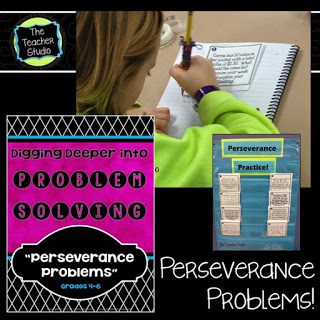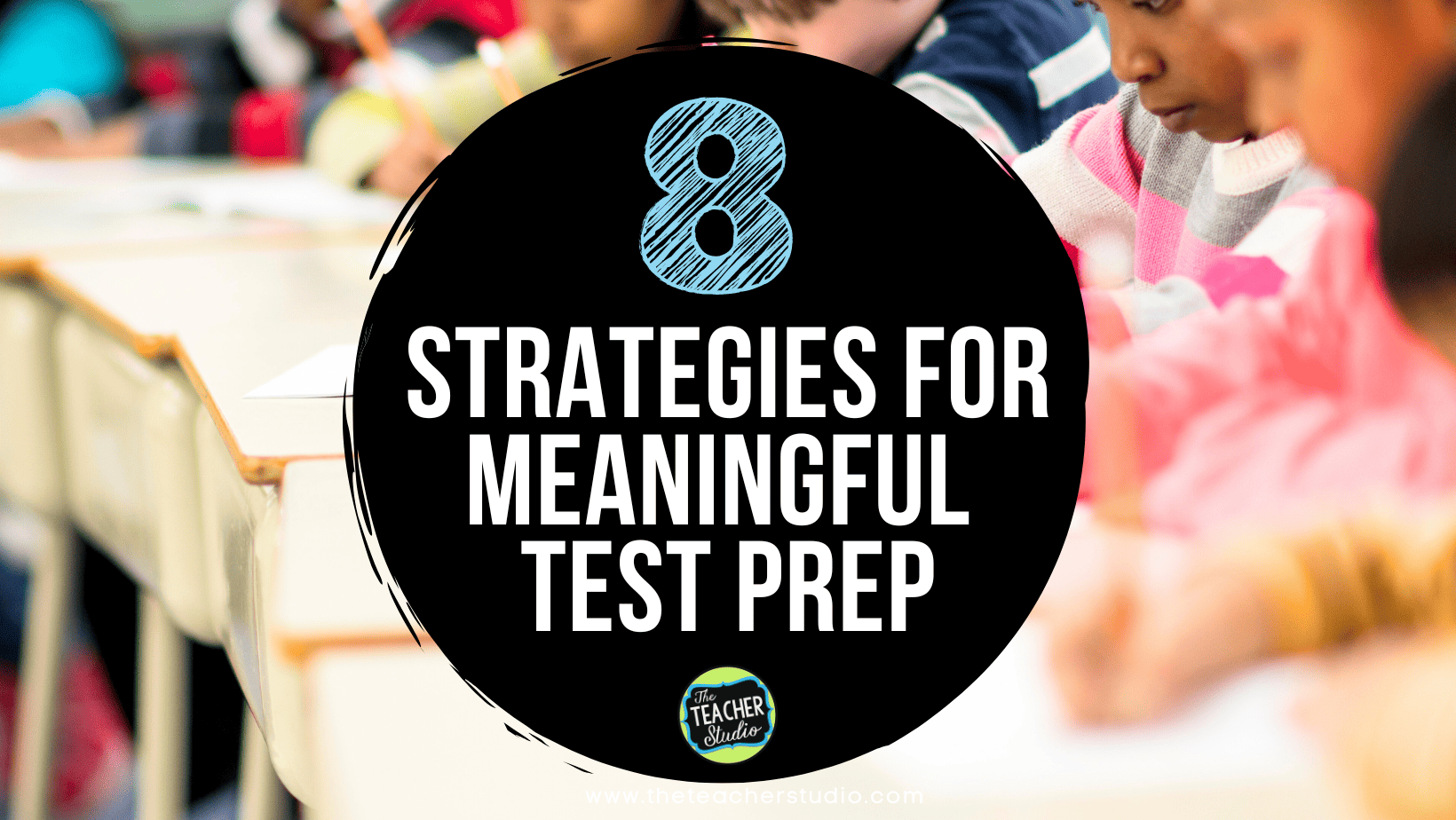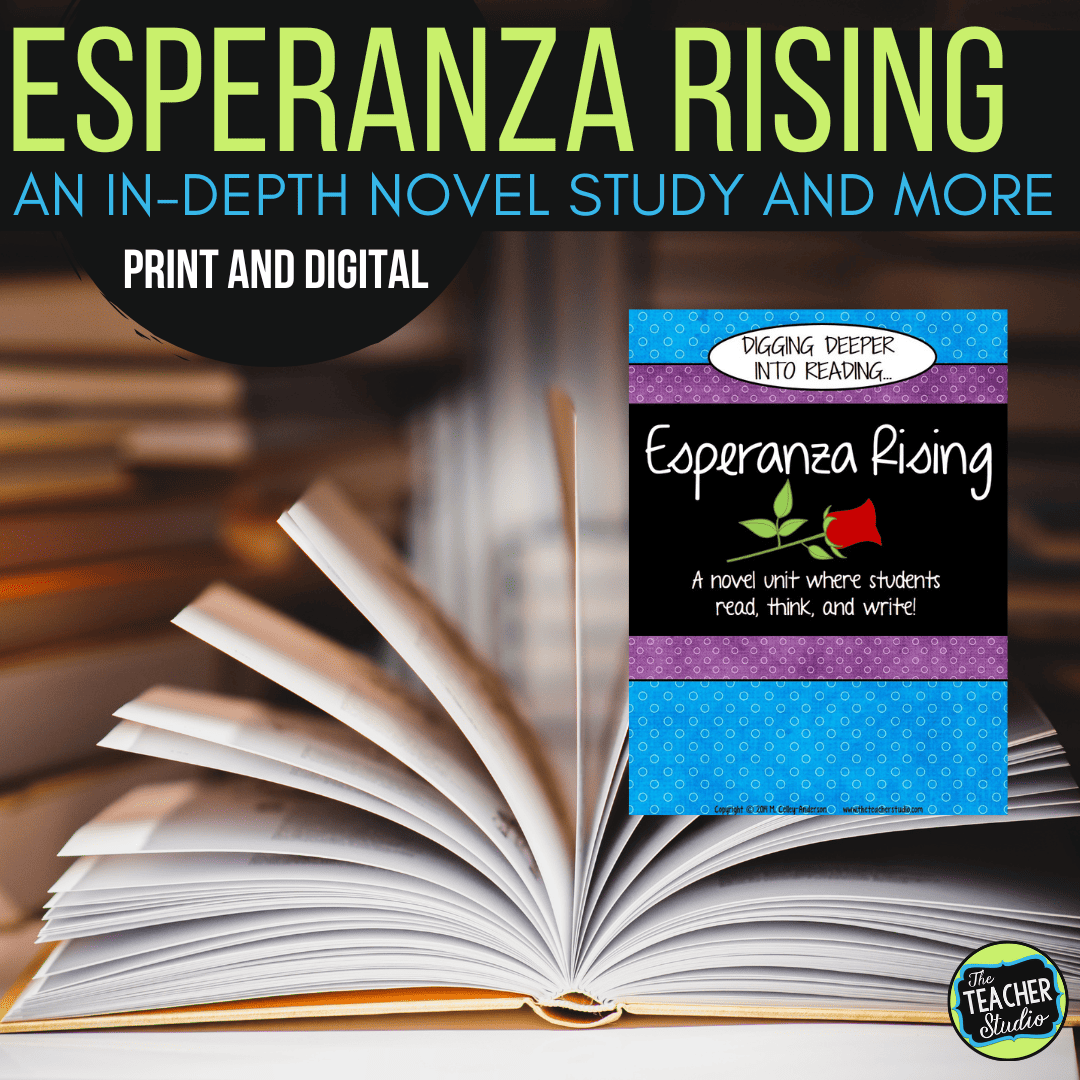OK…today was a little fun in math. A lot, maybe.
I stumped my students. Yep. All of them.
I have a huge range of skill levels in my class–from SUBSTANTIALLY below grade level to top of the heap…and today, everyone was a bit stymied. I loved it!
In my constant fear of my students becoming “box filler in-ers”, I am always looking for ways to get my students to think outside the box and to present information in new ways. Today’s problem was one of my “perseverance problems”–but, to be honest, I thought it would be a decent warm up. Not too challenging that it would eat up too much time because I did have another lesson to teach. Well…I had a little surprise waiting for me!
The standards for mathematical practice are clear–the “work” of math is just as important as the skills in math, and today made that very clear to me. The first standard, “Makes Sense of Problems and Perseveres in Solving Them” is often interpreted by teachers as “Will my students keep trying?”–which, is–of course–a critical part of “perseverance”. However–the main gist of this standard focuses on the FIRST part–the “make sense of problems”. The standard is written as follows:
Make sense of problems and persevere in solving them.
Mathematically proficient students start by explaining to themselves the meaning of a problem and looking for entry points to its solution. They analyze givens, constraints, relationships, and goals. They make conjectures about the form and meaning of the solution and plan a solution pathway rather than simply jumping into a solution attempt.
(…and it goes on from here)
Make sense of problems. Look for entry points. Plan a solution. Lots of verbs here!
So I passed out the problem and gave the students a few minutes to read it and discuss it with their group. I heard a little bit of bickering here and there–but mostly what I heard was…
“I don’t get it.”
Gasp. These words don’t get spoken in my room! They just DON’T! We have talked all year about TRYING something. About rereading the problem. About underlining key information. Circling the question. ANYTHING to get started–an ENTRY point.
This one had them flummoxed. The vocabulary “sum” and “difference” had some confused–even though we have used them all year. They are rarely seen together and the students were confused. The question asks for TWO numbers–and they just didn’t know where to go. They tried drawing pictures to no avail.
Others were pretty convinced they KNEW the answer and were frantically writing their explanation–but when I asked them to show me the question being asked, they froze and realized that their answer was NOT a match.
So now what? We were at a complete standstill. I made the following offer.
“For those of you who are so stuck that you don’t think you have any way to even get started, feel free to come to the easel. For those of you who think you have a start, feel free to keep working.”
I had 17 students up front. We started by reading the problem and picking apart the vocabulary. We tried restating the problem in a few different ways. A handful of students got the “a ha!” they needed and left.
For those who remained, I made sure we were clear on the terms “sum” and “difference” and then asked them to help me show with a diagram what the first sentence represented. After some time, we got a few options. We did the same for the second sentence–and a few more students felt confident enough to continue to work.
For the rest, we worked ourselves through the process by “guessing and checking”. We played a game of “What’s my number?” where they tried to guess a number I had written on a card…I said “higher” or “lower” to their guesses to help them see how to use the previous information to change their thinking. A few more light bulbs went on as they realized they could TRY 2 numbers in this problem–and then go up or down from there.
Some TRULY persevered–AND made sense of the problem. For others, we have some work to do!
So…as I plow through the next few weeks trying to finish up some work with fractions and division–I need to keep remembering the process. The truly “deep” understanding comes with struggle, with questions, and with time.
If you are interested in the rest of the problems in this set, here they are!


